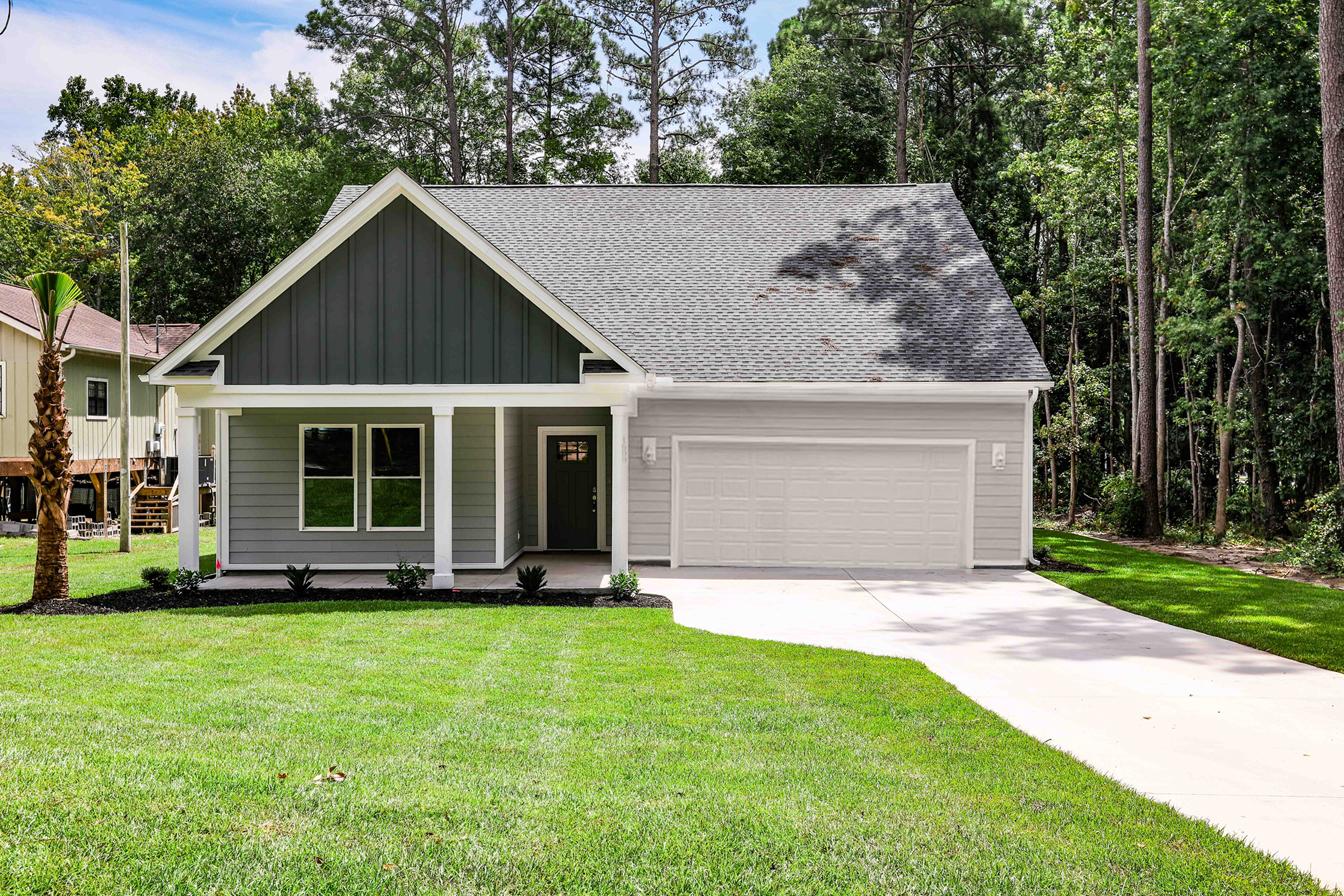real estate photo editing


In the Spotlight: The Art of Real Estate Photo Editing
In today's competitive real estate market, the first impression a property makes can be the difference between a bidding war and a lingering listing. High-quality photos are no longer a luxury, they're a necessity. But what elevates a decent snapshot to a photo that compels buyers to schedule a showing? The answer lies in the subtle art of real estate photo editing.
Beyond the Click: Enhancing Reality
Real estate photo editing goes far beyond slapping a filter on an image. It's a meticulous process that utilizes software to enhance a photograph's technical aspects and emotional appeal. Here's a deeper dive into the techniques that bring properties to life:
Lighting and Color Correction: Lighting plays a crucial role in showcasing a space. Editors adjust exposure to balance out dark corners and overly bright windows. White balance ensures natural-looking colors, while selective adjustments can make specific features like a fireplace or a lush garden pop.
Straightening and Cropping: A crooked horizon can be distracting. Editors use tools to straighten lines and ensure a balanced composition. Cropping allows them to focus on the most captivating aspects of a room, removing clutter or unwanted elements at the edges.
Image Enhancement: Sometimes, even a well-lit photo lacks vibrancy. Editing software offers tools to sharpen details, reduce noise (graininess), and enhance color saturation without making the image look unnatural.
Staging Without the Staging:
While professional staging can dramatically improve a property's appeal, it's not always feasible. Virtual staging, a technique made possible by photo editing, bridges this gap. Editors seamlessly add furniture, rugs, and artwork into vacant spaces, allowing buyers to envision themselves living in the property. This not only showcases the potential of a room but also helps buyers gauge furniture placement and scale.
Beyond the Walls: Setting the Scene
The magic of real estate photo editing extends beyond the interior. Dull or cloudy skies can drag down the entire image. Editors can employ sky replacement techniques, swapping out a gloomy backdrop for a bright blue sky with fluffy clouds. This creates a more inviting atmosphere and emphasizes the property's connection to the outdoors.
Accuracy is Key: Maintaining Trust
While editing aims to enhance a property's best features, it's crucial to maintain a balance. Over-editing or manipulating features can backfire, leading to disappointed buyers who feel misled. Professional editors understand this and prioritize creating realistic representations that showcase the property in its best light, without distorting reality.
The Benefits of a Polished Presentation
Investing in real estate photo editing reaps significant rewards.
•Increased Buyer Interest: High-quality photos grab attention and make properties stand out in online listings. This translates to more buyers scheduling showings.
•Faster Sales: Stunning visuals can significantly shorten the time a property stays on the market.
•Higher Selling Price: Studies have shown that well-edited photos can lead to a higher selling price on a property.
Who Does the Editing?
Real estate agents can choose to edit photos themselves using readily available software programs. However, for a professional, polished look, many turn to specialized photo editing services. These services offer expertise, efficiency, and often access to advanced editing tools not readily available to the average user.
In Conclusion
Real estate photo editing is a strategic tool that allows properties to shine in the competitive market. By enhancing visuals and creating a sense of space and ambiance, it fosters buyer interest and ultimately leads to successful transactions. So next time you browse online listings, remember, the captivating photos you see are likely the result of meticulous editing, the invisible hand that guides buyers towards their dream home.
